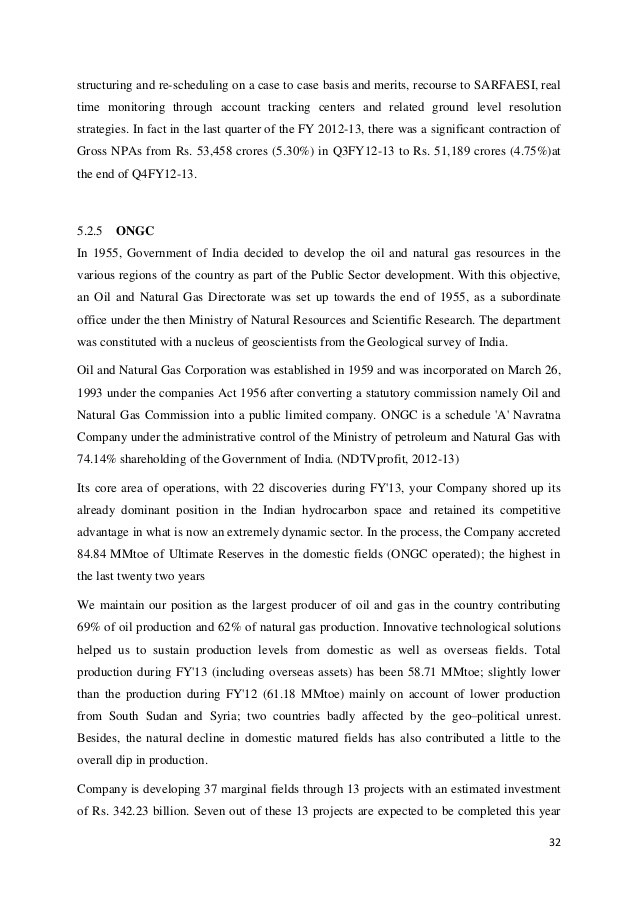Why a “TopDown Approach” to Investing Doesn’t Work
Post on: 7 Апрель, 2015 No Comment

If you go to Investopedia and search for a “top-down approach to investing,” you’ll get a description that goes something like this:
Because the top-down approach begins at the top, the first step is to determine the health of the world economy. This is done by analyzing not only the developed countries of North America and Western Europe, but also emerging countries in Latin America and Asia.
After determining which regions present a high reward–to-risk ratio, the next step is to use charts and technical analysis. By looking at a long-term chart of the specific countries stock index, you can determine whether the corresponding stock market is in an uptrend and is worth taking further time to do some analysis on or is in a downtrend, and may not currently be an appropriate place to put our money. (Keep in mind, there is often a divergence between the story the economic numbers tell and the trend of the stock market indexes).
The third step is to do a more in-depth analysis – using both fundamental and technical analysis – of the economies that look the most promising, along with the health of the stock market in particular. Examine the economic numbers such as interest rates, inflation, employment, housing starts, GDP, and industrial production (among others). Then examine the fundamentals of the market using such ratios as price–to-earnings, price-to-sales and dividend yields (among others). From this analysis you can determine the current strength of the market and have a better idea of what the future holds.
Enough Already… Let’s Get to What Really Matters
At this point… you may be asking yourself what you’re going to do with the rest of your life once you get done with this research? If this approach sounds like a lot of work to you… your right, it is!
And there’s one other problem with it.
As someone who spent a dozen years as a broker, analyst, and money manager with several international investment firms, I can assure you: This strategy does not work .
A sovereign nation is simply too big, too complicated and too messy to yield to simple analysis. (What does it mean, really, to say that Mexico is a “Buy” and Canada is a “Sell”?) What matters instead – in any stock market – are individual companies with extraordinary growth in sales and earnings.
It’s called a “bottom-up approach.” It underlies all of our stock analysis at The Oxford Systems Trader – and for good reason. The biggest bang for your investing buck comes from companies with the biggest surprises in future earnings growth.
Even if you could somehow divine what the stock market was going to do next – which you can’t – you still wouldn’t know which stocks would outperform and which ones would lag.

The only way to determine that is to look at business fundamentals .
Companies that are doing all the right things – increasing sales, compounding earnings at high rates, growing market share, improving operating margins, paying down debt, buying back shares – will post superb returns, regardless of what the economy and stock market are doing. And those that are doing the opposite – experiencing flat or negative sales, lackluster earnings growth, small margins, high interest costs and diluting existing shareholders with new stock issues – will be laggards.
In short, stock market success is about analyzing businesses, not investing in some self-styled
expert’s macroeconomic forecast. Yet that’s exactly what the mass media and much of the
investment advisory industry encourages people to do every day.














